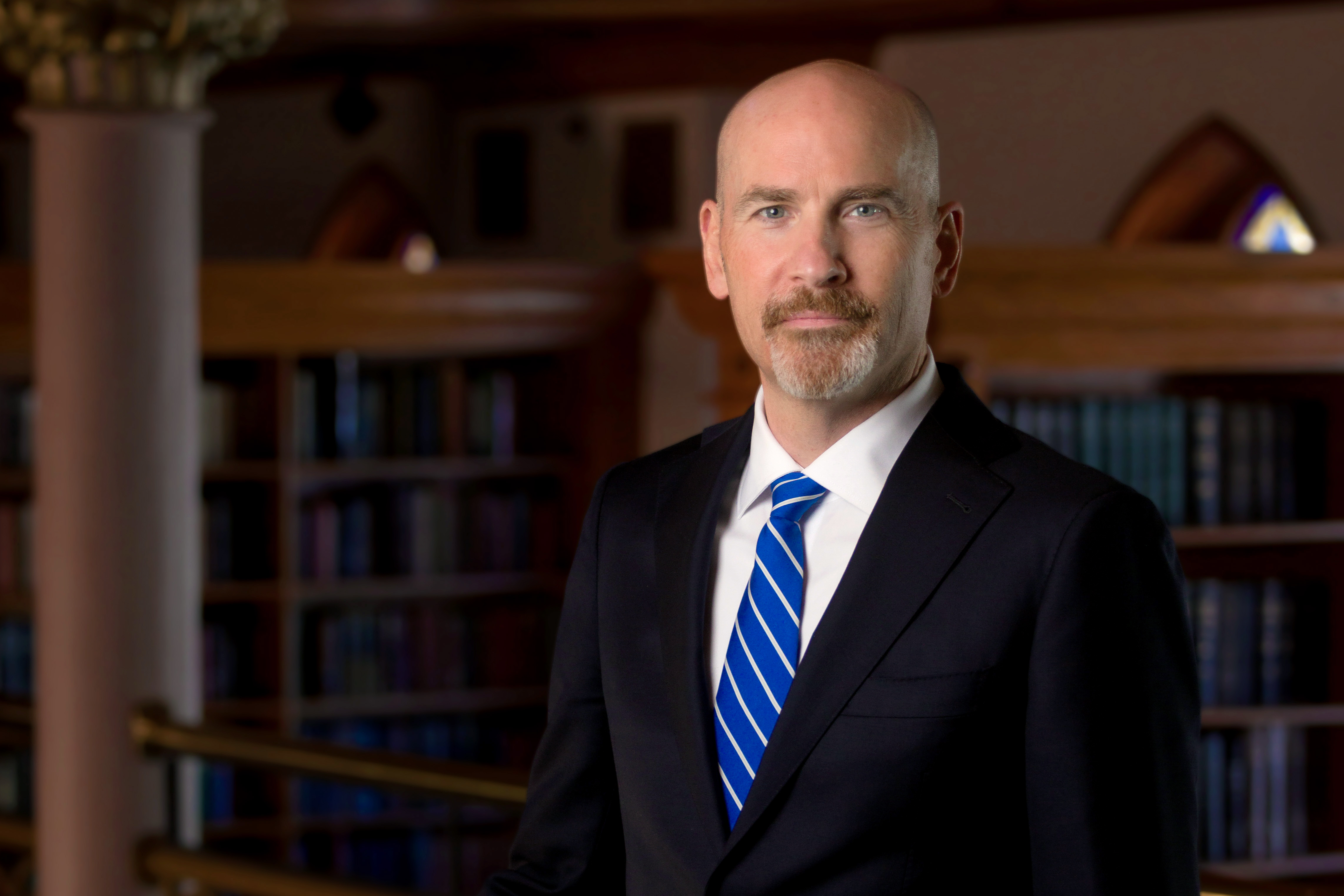The SC-NNSA Joint Program in High Energy Density Laboratory Plasmas was established to steward HEDLP science within the Department of Energy. HEDLP research is directed at exploring the behavior of matter at extreme conditions of temperature, density, and pressure, including laboratory astrophysics, planetary science, laser-plasma interactions, relativistic optics, plasma hydrodynamics, plasma atomic physics, and radiation transport.
“This joint program is a critical component of our stewardship of discovery-driven science and continues to deliver exciting scientific results,” said Jean Paul Allain, Associate Director of Science for Fusion Energy Sciences (FES). “Better understanding this extreme state of matter benefits a broad range of applications in science, industry, medicine, and fusion energy-relevant technology.”
“This is an exciting time for high energy density science. We are happy to support cutting edge research and aid in the development of the next generation of elite scientists,” said Kevin Greenaugh, Chief Science and Technology Officer for Defense Programs in NNSA. “This work will advance our understanding of hot, dense, high-pressure environments that exist on scales ranging from nuclei to galaxies.”
Projects funded in this announcement will explore rarefaction waves, magnetic reconnection, warm dense matter, bright laser-driven radiation sources, laser-plasma accelerators, and capsule materials for inertial confinement fusion.
The projects were selected by competitive peer review under the DOE Funding Opportunity Announcement for High Energy Density Laboratory Plasma Science. They will last up to three years, with total funding of $5.25 million: $4.85 million in FY23 and $0.4 million in outyear funding contingent on congressional appropriations.
The list of projects and more information can be found on the Fusion Energy Sciences (FES) homepage.



